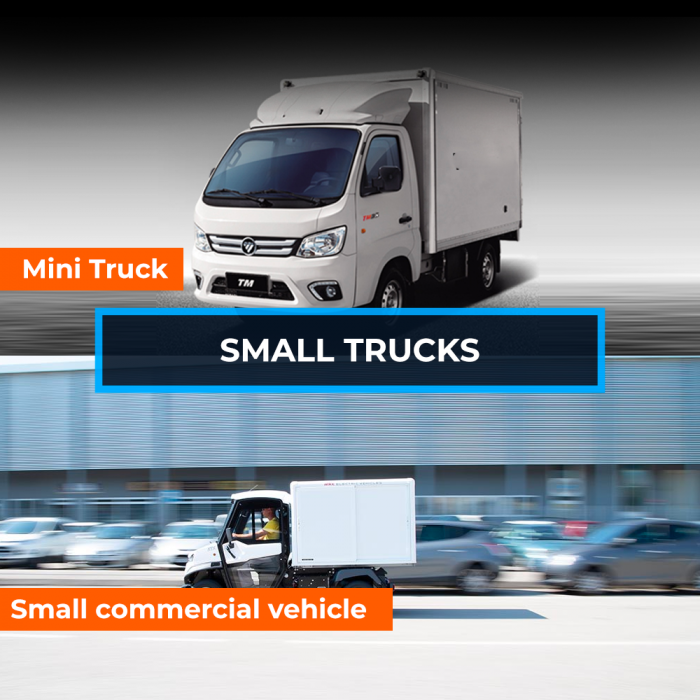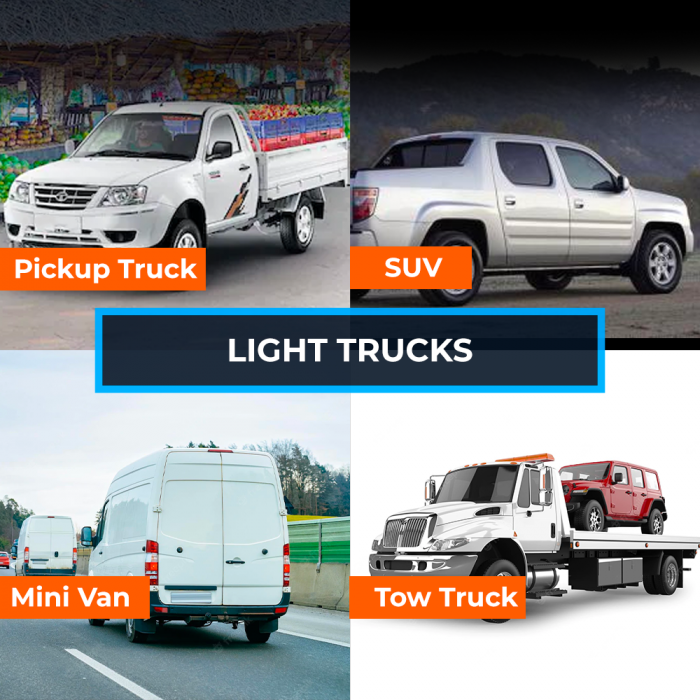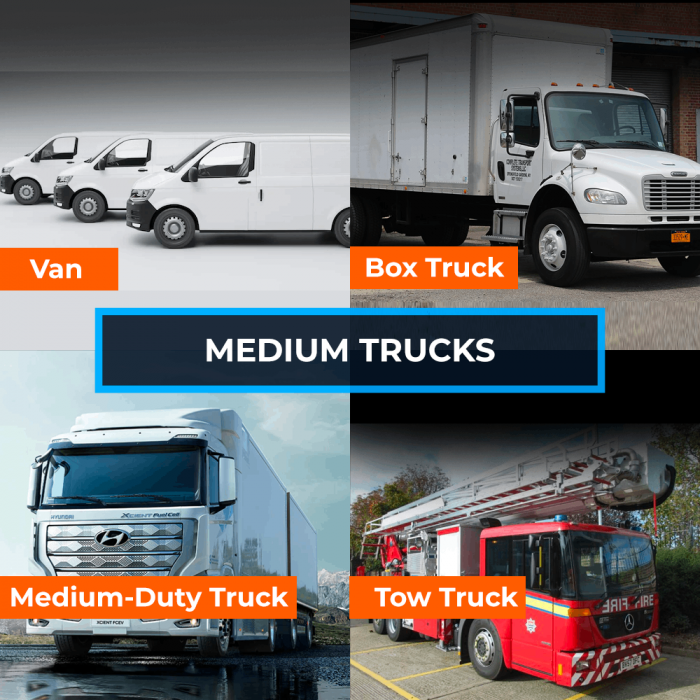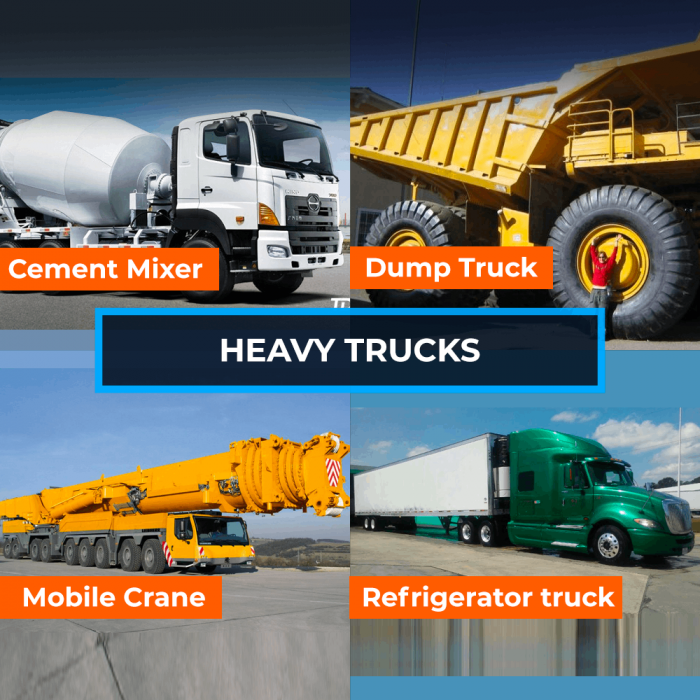A pick-up truck, also known as a light-duty truck, features an enclosed cabin and a rear cargo bed with three-sided walls but no roof cover. People also call them coupes or utes (utility vehicles). Tradesmen, outdoor enthusiasts, and passengers primarily use them for transportation. Additionally, they use these trucks to carry large appliances, camping equipment, or amenities similar to those of a small motor home.

12 Types Of Trucks Used In The Logistics Industry For Goods Distribution
When it comes to logistics, it’s important to select the right delivery vehicle to transport the goods to the desired destination. Logistics being one of the largest industries, it’s crucial to have the right truck selected to deliver goods, depending on the material to transport. Each truck has its own advantages and the operations managers should wisely choose the best TMS solution to transfer goods from point A to point B to the end-user.
Why are trucks preferred to get the deliveries completed?
Although there are multiple solutions to get logistics delivered, trucks used in the logistics industry has always stood the test of time. The trucking industry was able to offer companies efficient, reliable, and cost-saving solutions for delivery.
Different Types of Trucks in the Logistics Industry
Small Trucks-
These trucks are classified by the Federal Highway Administration (FHWA), in groups classes 1 and 2.
-
Mini Truck: Also known as micro trucks are usually lightweight trucks that come with a rear-wheel drive or a 4-wheel drive. Mini trucks are mainly used in intra-city deliveries and travel that covers smaller distances with light loads. Some of the daily use cases observed are postal and courier services, shipment of home appliances, and furniture from dealer to customer address.
Small Commercial Vehicle:
The small commercial vehicle (SVC) usually consists of vehicles with less than 1000cc engine and carries a maximum of 3.5 ton. These vehicles are practical for intra-city usage and offer more affordable, durable, and sustainable use cases. Postal and courier companies, as well as delivery companies offering single-day turnaround, use them similarly to mini trucks.

Light Trucks-
These trucks are classified by the Federal Highway Administration (FHWA), in groups classes 1 and 2.
Pick-up Truck:
Mini Van: A minivan is designed to transport passengers, with the rear seats configurable and consisting of 2 to 3 rows. The rooftop covers the entire car, has a flat floor, and has a sliding door to accommodate rear passengers. A minivan is designed on a compact pickup truck platform.

Medium Trucks-
These trucks are classified by the Federal Highway Administration (FHWA), in groups classes 3 to 6.
-
Vans: Vans are vehicles that can be used to transport goods and people. They are usually bigger than a pickup truck and the common car. Most vans come with seats up front and the rear end used to carry goods and equipment. They are used in postal and courier companies, and also used to haul equipment by cleaning companies, music bands, etc.
Box Truck: A box truck is somewhat similar to a van but is of a larger size. The major difference being a van consists of a unibody frame, while a box truck has a separate cargo box added to the chassis. These trucks have a separate cargo area, with some having a door between the cabin and cargo area. It’s a popular choice for many as it requires fewer licensing requirements. People mainly use box trucks to transport home appliances and furniture with ease.
Tow Truck: A tow truck comes in different names like wrecker, breakdown truck, or recovery vehicle.
Private businesses often operate tow trucks to tow or move disabled, impounded, or improperly parked vehicles. In metropolitan areas, police departments, fire departments, and transportation authorities frequently use tow trucks. Operators must obtain special licenses to drive tow trucks, which often come equipped with the features and amenities of a small motor home.
Flatbed Truck: A flatbed truck has an open cargo carrier attached to the driver cabin. Since the carrier is open from all sides, it allows for easier loading and unloading of goods like pipes, wood, crates, etc., using cranes.

Heavy Trucks-
These trucks are classified by the Federal Highway Administration (FHWA), in groups of classes 7 and 8.
-
-
Trailer Trucks: The majority of long-haul logistics is carried out using trailer trucks. These trucks primarily transport easily stackable goods from manufacturers to retailers.
Cement Mixer: Modern construction sites use concrete transport trucks to mix concrete and deliver it to the construction site. Two or more axles, typically four, five, or six, commonly support concrete mixers. Though cement mixers are available in different sizes, an average cement mixer can carry about 40,000 pounds of concrete.
Dump Truck: Need help with cleaning debris? A dump truck is your ideal solution. Also known as dump trucks or dumper lorries, they are used to transport materials (coal, sand, gravel, debris, etc.)
Refrigerator Truck: Refrigerator truck, as the name suggests used to transport perishable goods like fruits, veggies, agricultural products, etc. These trucks have the ability to control internal temperature, making it possible to handle temperature-dependent goods.

Having the best trucks in your fleet will ensure smooth operation. An efficient truck will be a crucial part of your logistics operations to achieve successful deliveries.
LogiNext’s transportation management system will help your fleet reach its destination as quickly as possible.
Software like LogiNext Mile can help you with hassles like route planning, route optimization, live-tracking, order in-scans and out-scans, ELD verification, etc. Feel free to contact us to get help with operation managers’ needs for a seamless logistics and supply chain operation.
-
-







@LogiNext